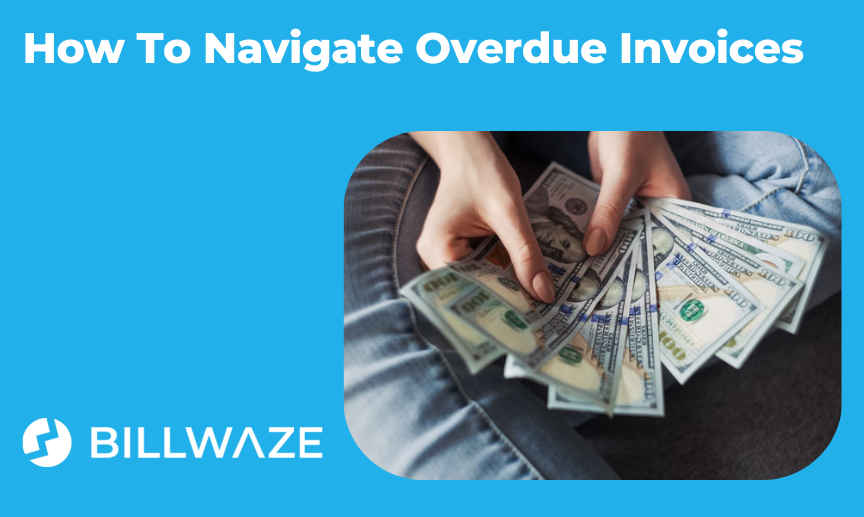As a conscientious small business, you work tirelessly to deliver your products or services to your customers on time so, when invoice deadlines pass without payment being received, it’s frustrating. But overdue invoices aren’t simply an inconvenience; when clients don’t pay by the due date, your business’s cashflow can suffer. It becomes harder to settle your own liabilities or to invest in your business, while you spend needless hours chasing down unpaid invoices instead of completing more beneficial tasks.
Managing the invoicing process is a fine balance to ensure you receive the payments owed without putting your client relationships in jeopardy. Most of the time, customers have genuine reasons why they haven’t paid on time or have overlooked an invoice in error; others may be buying time because of undisclosed cashflow problems of their own, so a direct approach is more appropriate.
The Importance Of A Late Payment Protocol
Your business should have a clear, predetermined process for how to manage the problem of late invoices. Often, a simple reminder is all that is needed to prompt payment, so the protocol should outline:
- When reminders will be issued once the payment deadline is passed.
- The first payment reminder, in the form of a politely worded email, with the due amount and payment terms.
- The second reminder, which may be a phone call to allow an open discussion for the reason behind the delayed payment.
- Whether multiple reminders are warranted if the payment is severely delayed, so the client understands the urgency of the situation.
Late Fees May Be An Appropriate Course Of Action
A late fee is sometimes charged when customers fail to meet the agreed deadline for payment; however, it can only be issued if you have shared your late fee policy with the client and they have agreed to meet any additional charges. The late fee should also be stated clearly on the invoice in the terms of payment section.
A late fee may be charged on a flat rate basis or as a percentage of the invoice total.
What To Do If Payment Still Isn’t Received
In the rare event that a client still hasn’t settled their invoice despite reminders and late fees being applied, you have two choices:
- In some cases suspending your service to your client may be warranted until their account is settled fully or even partially in some cases.
- For smaller sums, you could write off the money owed as bad debt. Cut all ties with the customer and blacklist them so they can’t do business with you in future.
- If the sum owed is too large to write off, consider issuing legal proceedings against the customer to recover the money. Ensure you have all documentation ready and seek expert advice before commencing a claim to strengthen your chance of winning the case.
How Payment Software Solutions Can Simplify The Billing Process
At Billwaze, our invoice software simplifies the process of billing clients, giving you better control and insight so you can stay abreast of essential payment deadlines.
Features of our payment platform software include:
- Easy invoicing, with no specialist knowledge required.
- Customized invoices for a professional appearance.
- Instant, scheduled or recurring billing.
- Automatic alerts when clients pay and alerts to clients when they don’t.
- Full automation to reduce the time spent managing invoices and payments.

 Billwaze
Billwaze 
